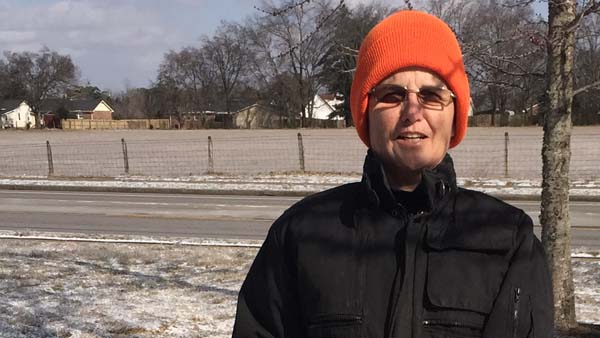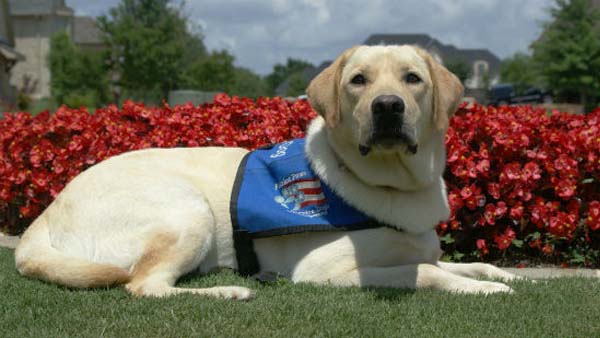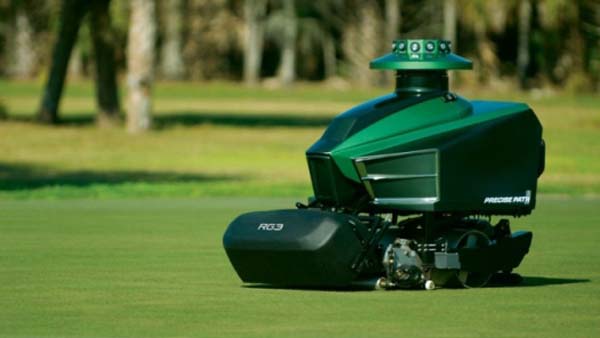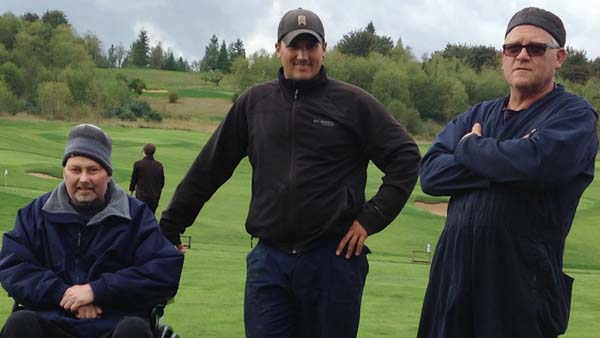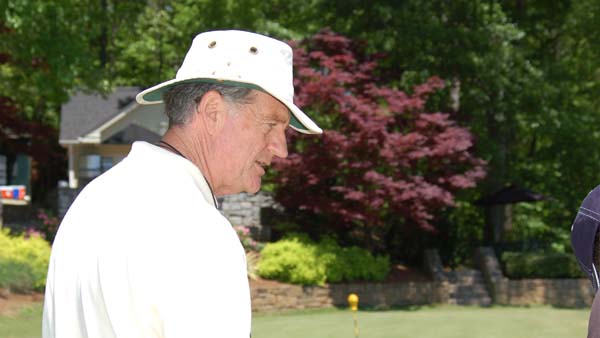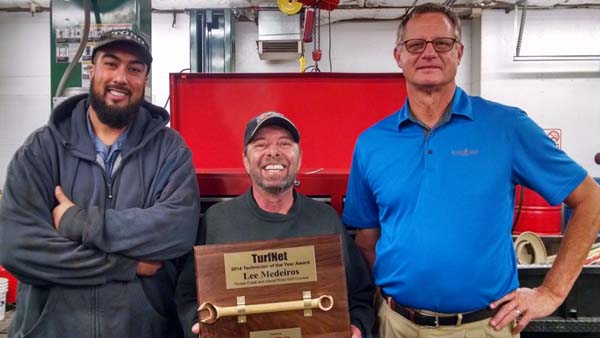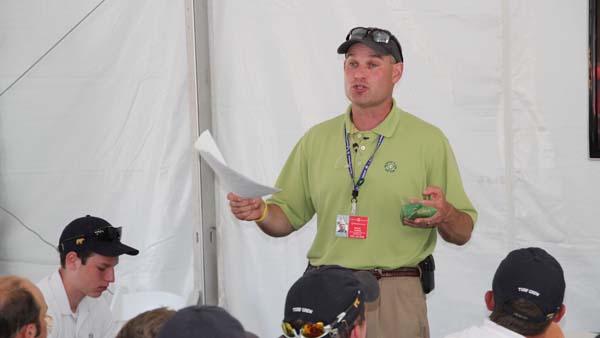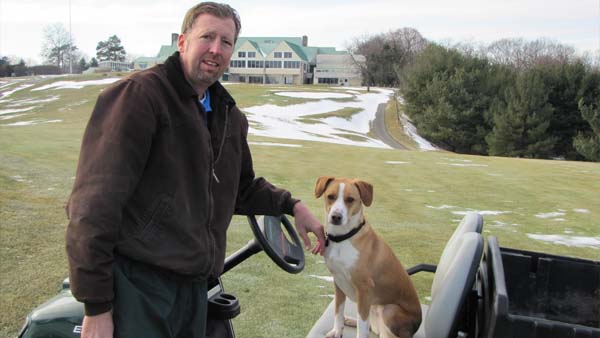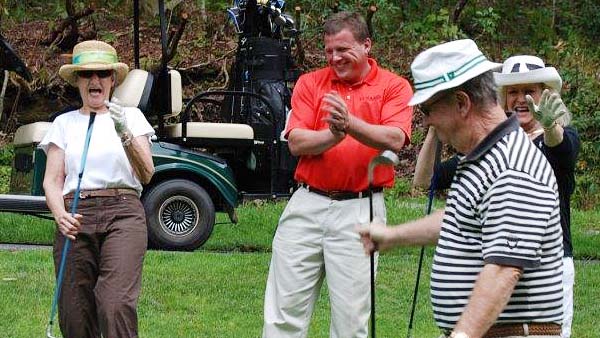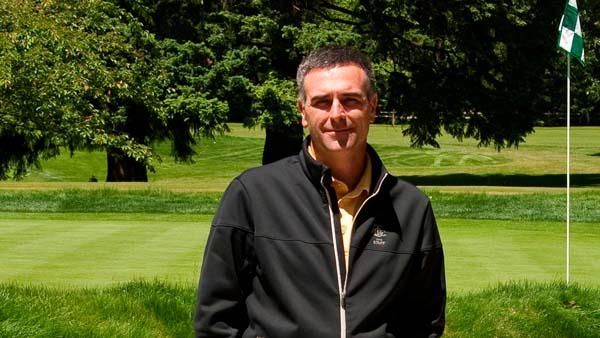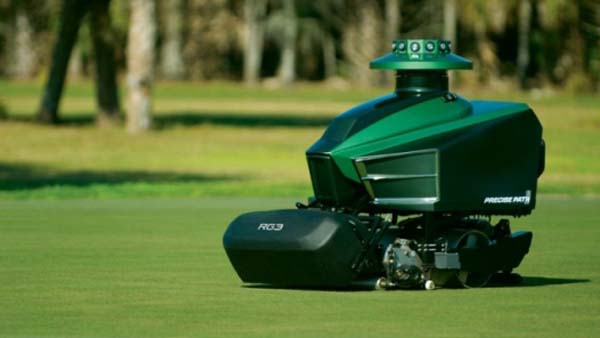
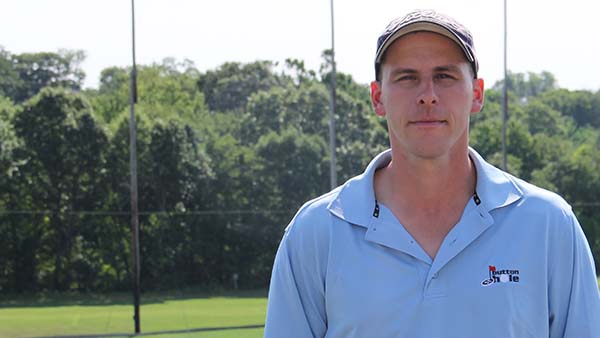
Button Hole, a not-for-profit nine-hole golf course and driving range, was founded in 1999 with a simple vision: expose the game to underprivileged children and grow the game by catering to all walks of life.
"Button Hole was created as a means of expanding the game of golf by giving inner city youths, individuals with disabilities and people with no golf skills the opportunity to play the game. We even have scholarship programs to help those who are less fortunate," explains Rourke. "There are approximately 25,000 disadvantaged children living within just three miles of Button Hole."
Rourke has only been at Button Hole since last April, but is no stranger to the turf industry. After beginning school at Bryant College as an accounting major, he quickly realized he was unhappy with his career path. He decided to take a semester off and ended up spending that time working at a golf course.
During the Industrial Revolution, a shoe factory that used buttons as shoe fasteners was located on a river that now flows near the golf course. Many buttons were swept down this river and were collected in a natural swimming hole that was appropriately dubbed "Button Hole."
Once he learned that colleges actually offered degrees in what he was doing, he transferred to the University of Rhode Island where he completed his turfgrass degree. Rourke then completed his internships at the International Tennis Hall of Fame in Newport, Rhode Island and Poquoy Brook Golf Course in Lakeville, Massachusetts. He then spent five years working at The Agawam Hunt Club as the Assistant Superintendent in East Providence, Rhode Island.
As you can imagine, Rourke's job as superintendent of Button Hole is drastically different than his other experiences in the turf industry. However, despite the adjustment, Rourke has never been happier.
"The atmosphere at Button Hole is much better than at other courses I've worked at. Everyone is always smiling and it's like a breath of fresh air," says Rourke. "On the turf maintenance side of things, my priorities are much different than they used to be. For instance, green speed is never a concern. It's about giving people a pleasurable playing experience, especially since for most people, it's their first time playing the game."
Click here to read the rest of the story.
- Read more...
- 3,540 views

